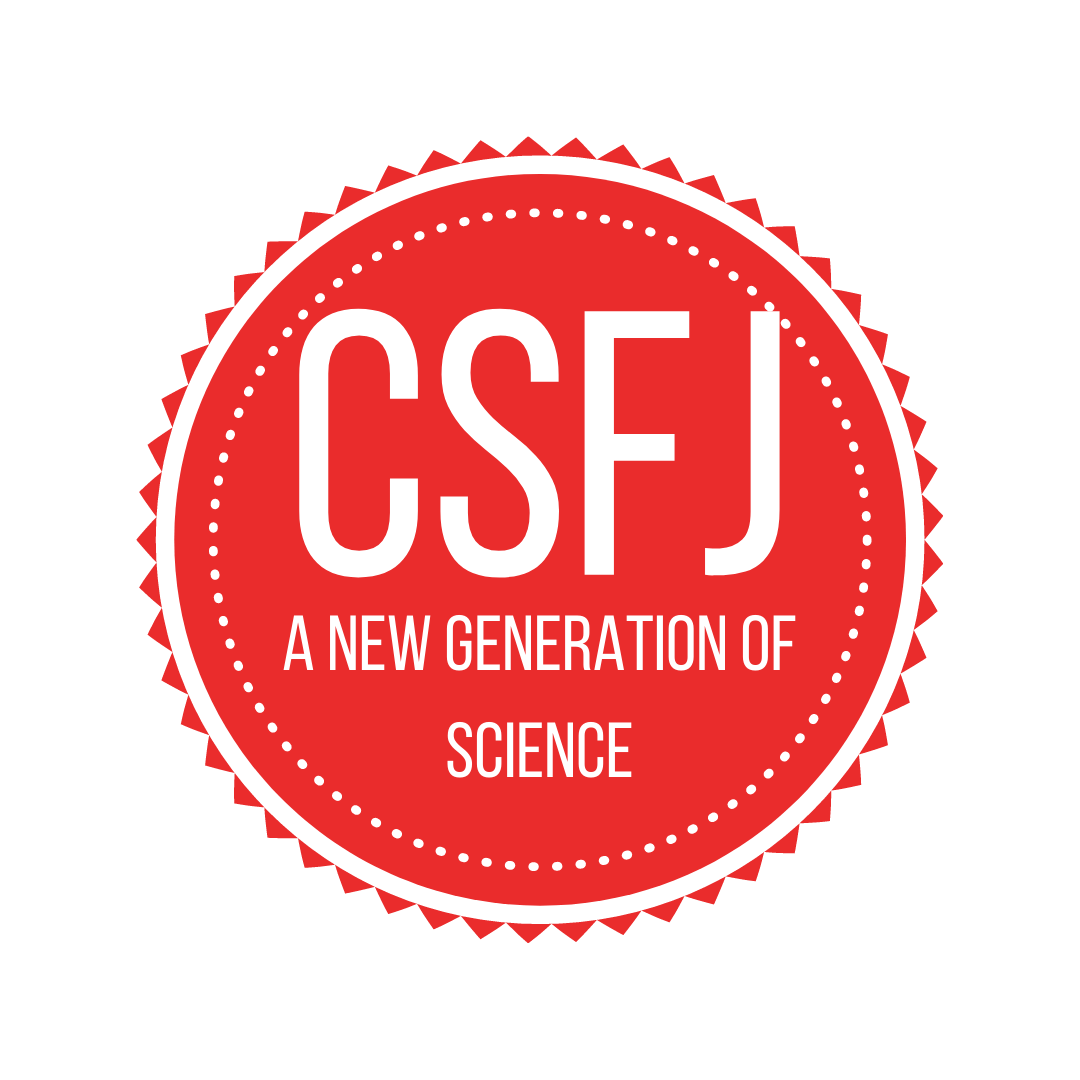by Maya Lekhi & Lauren Robinson
In Canada, 36 long-term (greater than one year) drinking water advisories remain in effect across 29 Indigenous communities. While boiling water can kill pathogens, it is a time consuming and energy inefficient process that fails to remove other contaminants, such as heavy metals. Living filter membranes (LFMs) made from symbiotic cultures of bacteria and yeast (SCOBY) are capable of filtering living pathogens and heavy metals, as well as being renewable and cost-effective. The findings of this study were applied in designing a user-friendly, at-home filtration system that could be implemented in homes in communities subjected to drinking water advisories.







